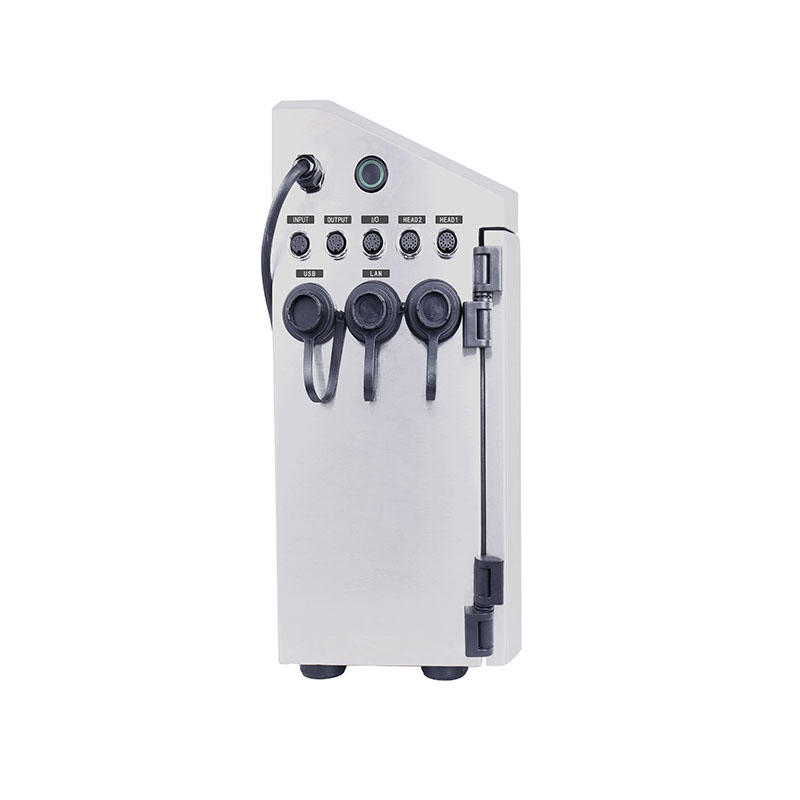As an Inkjet Label Printer Supplier, share with you.
Inkjet printers were developed after dot matrix printers, using non-attack working methods. The more prominent advantages include small size, simple and convenient operation, low printing noise, and can print pictures comparable to photos when using special paper. After several years of training, the technology of inkjet printers has made great progress.
Inkjet printers can be divided into piezoelectric inkjet technology and thermal inkjet technology according to the working mode of the print head. According to the nature of inkjet materials, it can be divided into water-based materials, solid inks and liquid inks. Below we will elaborate on each.
TIJ Inkjet Printer
The cost of inkjet print heads made with piezoelectric inkjet technology is relatively high. Therefore, in order to reduce the user's cost of use, the print head and the ink cartridge are generally made into a separate structure, and there is no need to replace the print head when replacing the ink. It has a strong ability to control ink droplets and is easy to achieve high-precision printing. Disadvantages. If the nozzle is blocked during use, the cost of dredging or replacement is relatively high and difficult to operate, or the entire printer may be scrapped.
Thermal inkjet technology is to let the ink pass through a thin nozzle, under the action of a strong electric field, a part of the ink in the nozzle pipe is vaporized to form a bubble, and the ink at the nozzle is ejected to the surface of the output medium to form a pattern or character. So this kind of inkjet printer is sometimes called a bubble printer. The nozzle made with this technology is relatively mature and low in cost, but since the electrodes in the nozzle are always affected by electrolysis and corrosion, it will have a lot of impact on the service life. Therefore, the print head using this technology is usually built with the ink cartridge, and the print head is updated at the same time when the ink cartridge is replaced. In this way, users do not have to worry too much about the problem of nozzle clogging. At the same time, in order to reduce the cost of use, we can often see the situation of injection (filling ink) into the ink cartridge. Just after the print head finishes the ink, fill the special ink immediately, as long as the method is correct, you can save a lot of consumable costs.
The disadvantage of thermal inkjet technology is that the ink will be heated during use, and the ink is prone to chemical changes at high temperatures, and the quality is unstable, so the authenticity of the printed color will be affected to a certain extent; on the other hand, because the ink is passed When the bubbles are ejected, the directionality and volume of the ink particles are not easy to grasp, and the edges of the printed lines are easy to be uneven, which affects the printing quality to a certain extent, so the printing effect of most products is not as good as the piezoelectric technology products.
Our company also has TIJ Inkjet Printer on sale, welcome to contact us.

评论
发表评论